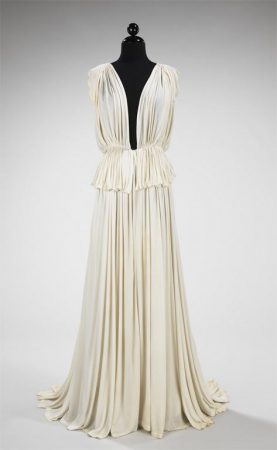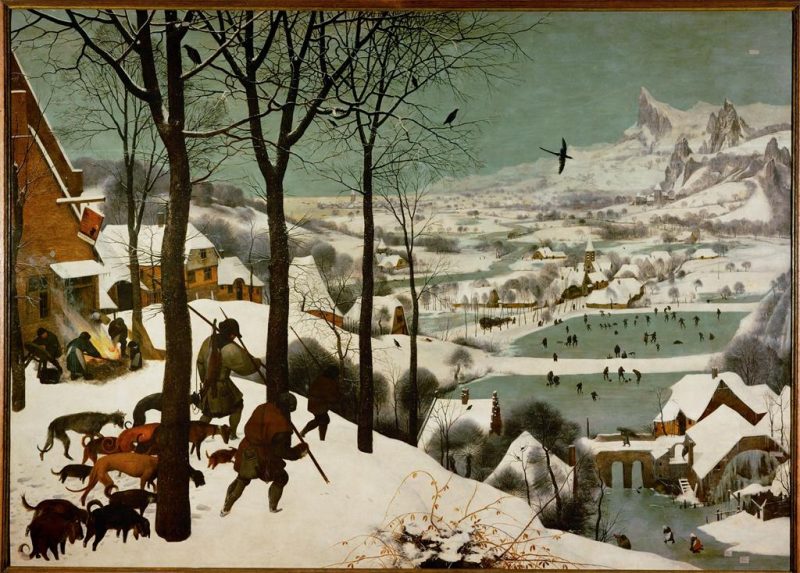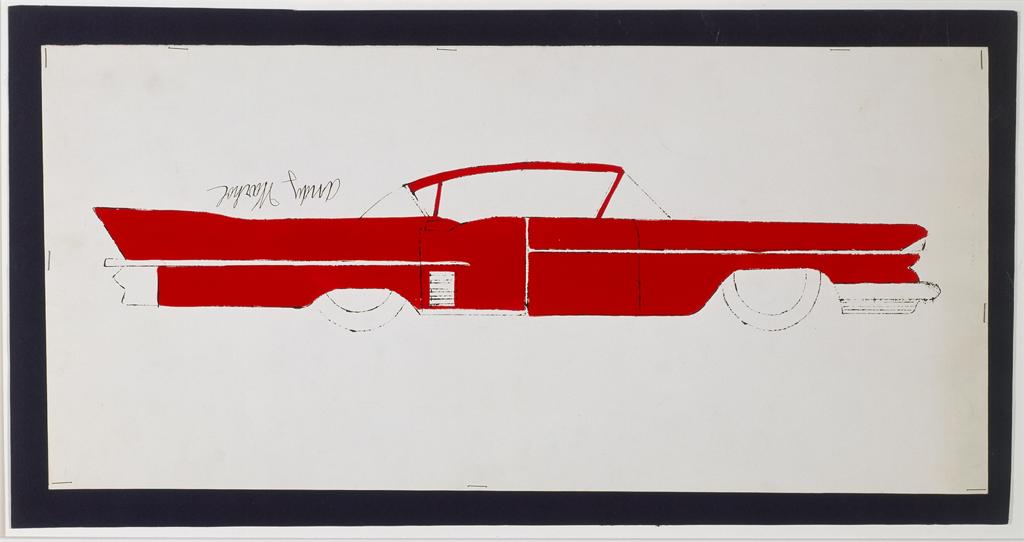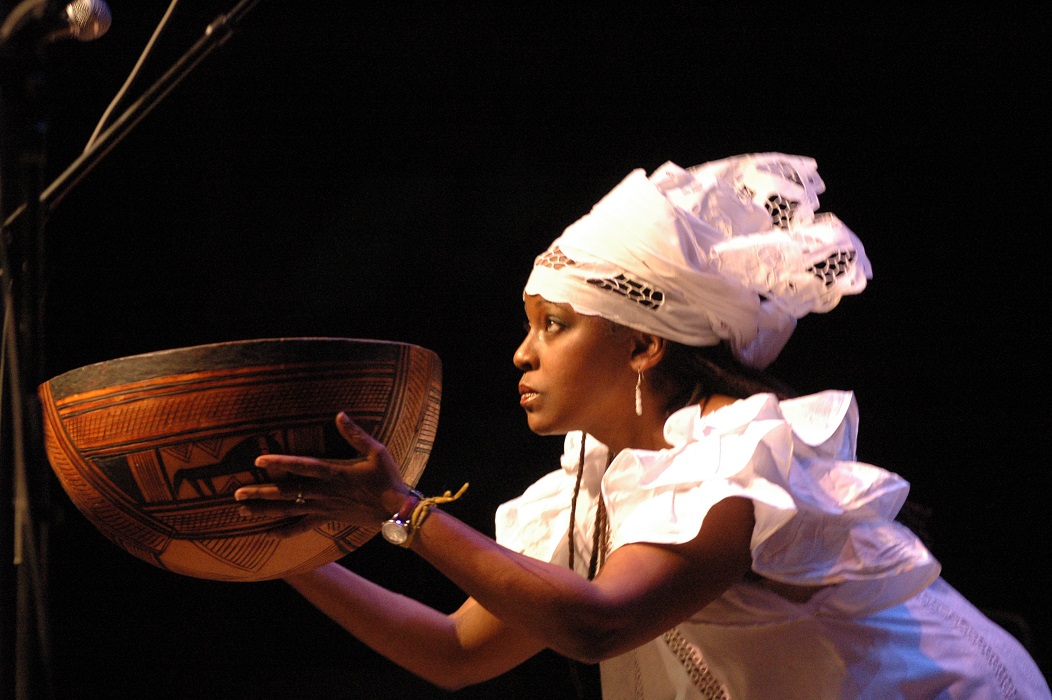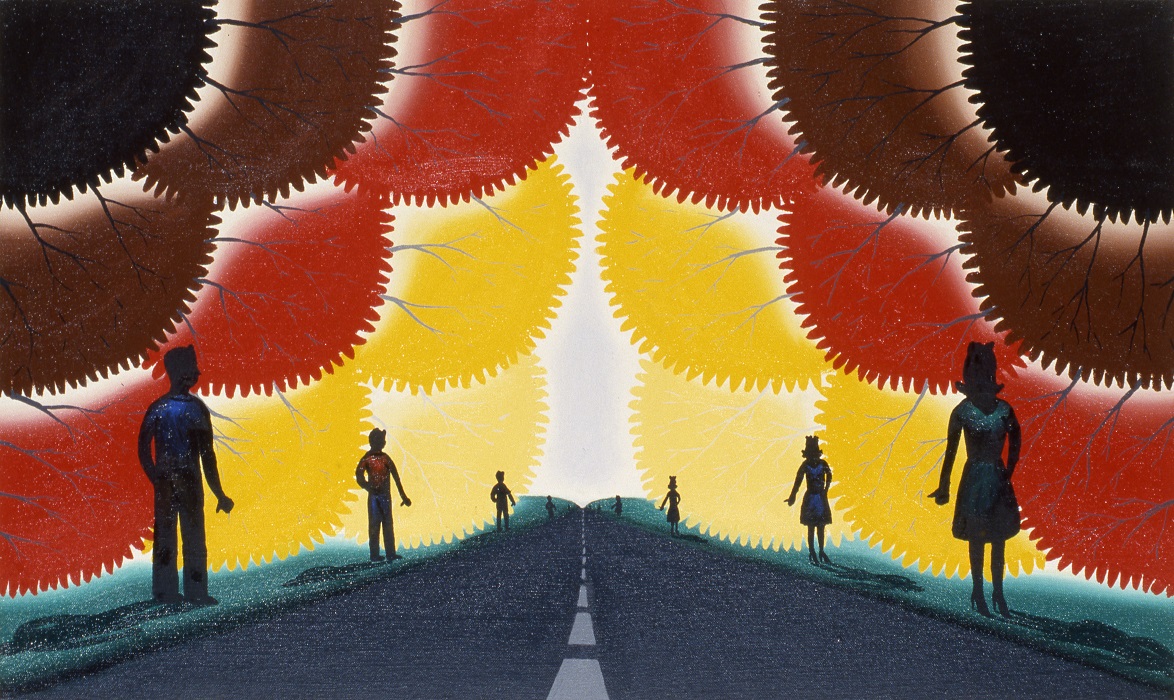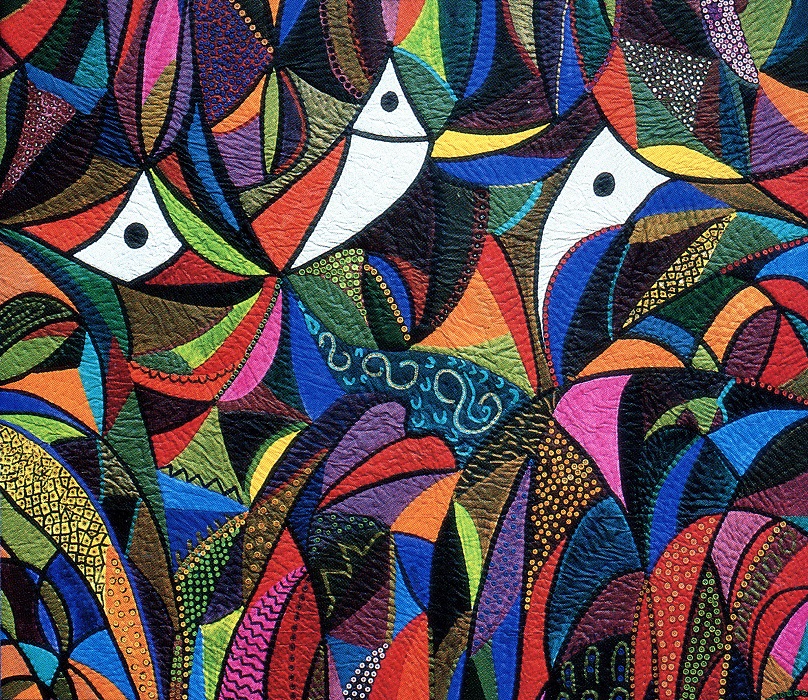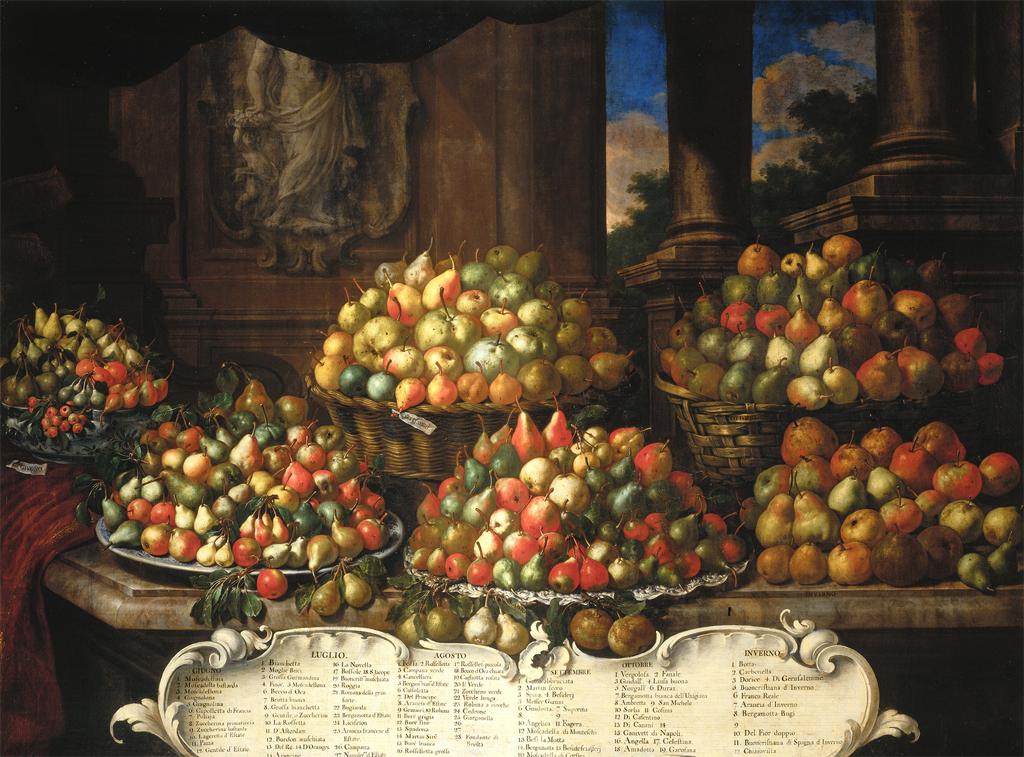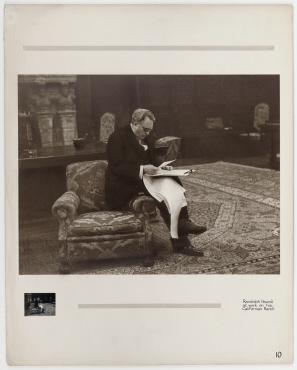It may come as a surprise that JSTOR is flush with fashion. For a dose of glamour, how about a stroll down the red carpet, exploring designs through the ages?
Let’s begin with the ancients: In early dynastic Egypt, the beadnet sheath dress is often depicted in paintings and statuary. A faience (sintered-quartz ceramic) dress from the Museum of Fine Arts, Boston, reconstructed from thousands of beads found in a burial site, is our oldest surviving example from approximately 2551–2528 BC (this particular garment was used to dress a mummy). In life, these decorative nets were probably worn over plain linen sheaths, giving an effect that approximates the elegant lines of a deftly carved offering figure from the tomb of Meketre (c. 1981-1975 BCE). A similar silhouette is achieved five millenia later in an evening gown by the pioneering American designer Norman Norell through the layering of a peach satin under slip and black rhinestone beaded netting (c. 1963).




